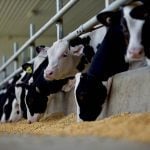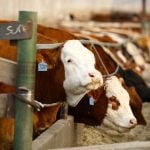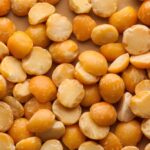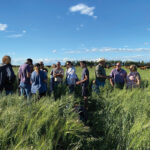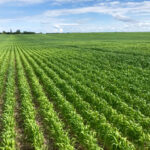When I first became involved in checking out pea diseases in Alberta in 1974, pea crops were few and far between. Pea growing was somewhat of a disaster. The pea variety generally grown was called Trapper. This was a tall, six-foot vine that lodged as soon as pod-filling took place. The mass of lodged leaves […] Read more
